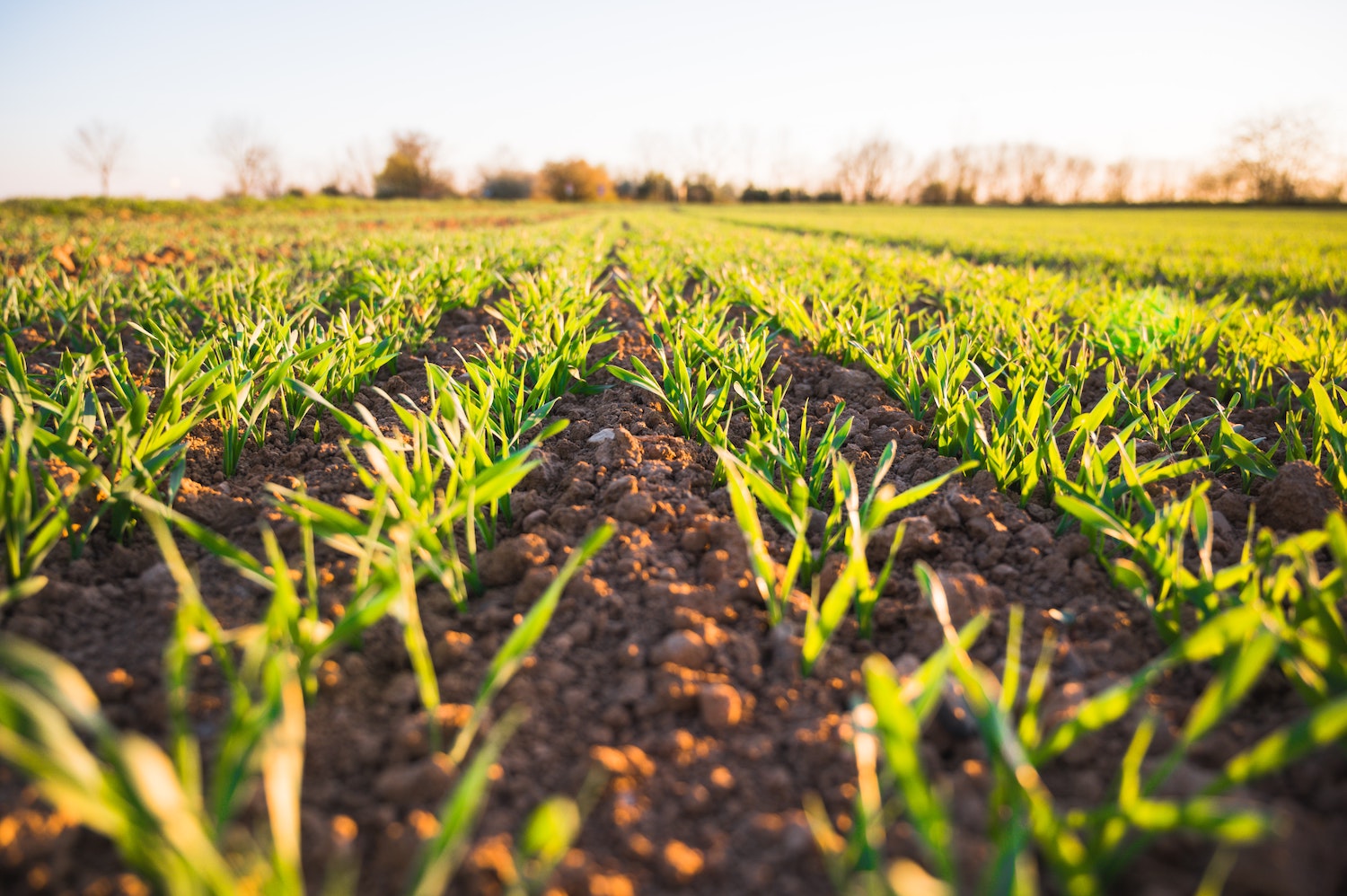In case you haven’t seen the headlines – or haven’t experienced the extreme weather events yourself – climate change is here. In the past year alone, the world has battled record-setting heatwaves, wildfires, historical droughts and floods, sea-level rise, intensified hurricanes, frost-free seasons, melting polar ice, and massive biodiversity loss.
We’ve all heard it before: if human activity is not modified to prevent temperatures from rising no more than 1.5° C, these phenomena will be the norm. Globally, we will need to achieve net-zero emissions by 2050, with significantly decreased emissions by 2030, in order to avoid the most extreme impacts of climate change.
With front-and-center examples of the disastrous impacts of global warming, it’s no surprise that these targets are often met with skepticism. Even more daunting, the United Nations Environment Program found we need an extra $4.1 trillion in natural capital by 2050 to finance climate change, biodiversity, and land degradation solutions.
Optimists will see that this funding gap represents a massive opportunity to scale investment into a growing movement. In fact, over the past few years, the growth of sustainable investing has skyrocketed as investors prioritize organizations that focus on ESG. In 2013, climate-focused technologies received $418 million in early-stage venture funding. In 2019, total investments into the space reached $16.1 billion. By 2025, global ESG assets are on track to exceed $53 trillion, more than a third of the projected total assets under management.
As more and more investors look to drive impact with their dollars, there’s one industry gaining traction: farmland. From the ecological benefits of regenerative farming to the carbon sequestration capacity of soils, farmland can mitigate climate change on a massive scale.
Here’s how transformative investments into farmland will be core to fighting the climate emergency.
Interconnected climate crisis
Recent analysis shows that agriculture and food systems account for between 11 and 19 billion tons of carbon dioxide emissions per year, or a third of total global emissions. Within this category, farmland accounts for almost two-thirds, making it a critical contributor – and solution – in the fight against climate change.
While agriculture is one of the largest carbon emitters, the industry is also being hit the hardest by this greenhouse effect. Rising temperatures, increasingly scarce water, and extreme weather events present an unprecedented challenge for farmers, posing an existential threat to food security in the coming years.
Farmers will require support to feed a rapidly growing population amid a changing climate and scarce natural resources. Farmers are increasingly turning to climate-smart practices to make their operations more resilient and profitable long term.
Climate-smart farms
Innovative technologies and solutions to decrease agriculture and food emissions are already progressing, due largely in part to substantial funding from both the public and private sectors. Apeel, a startup aiming to reduce food waste with its plant-derived, edible coating, scored $250 million in May while Indigo Ag raised $360 million in the summer of 2020.
Farmers can additionally implement climate-smart agriculture methods, such as cover cropping, minimizing tillage, and crop rotations, to improve farmer profitability and environmental sustainability. These practices can be adopted globally, enabling farmers to reverse course and become part of the climate solution on a large scale.
The Nature Conservancy estimates that for each 1% of commodity cropland in the US that adopts climate-smart practices, social and economic benefits could average approximately $226 million annually. Soil health practices alone could achieve a net operational savings of up to $2.9 trillion, while reducing fertilizer and pesticides could save farmers $23 -$70 billion.
Beyond economic benefits, the potential for water conservation and carbon drawdown of climate-smart practices are tremendous. Water management practices like drip, sprinkler, and other micro-irrigation technologies are 80% more efficient than traditional methods, such as pumping. The National Academy of Sciences estimates that carbon removal practices on agricultural land could sequester 250 million metric tons of carbon dioxide, similar to the annual emissions of 64 coal-fired power plants.
(https://usfarmersandranchers.org/wp-content/uploads/2021/02/USFRA-Transformative-Investment-Report.pdf)
Barriers to adoption
Barriers to adopting climate-smart and regenerative practices include high transition costs, a lack of federal subsidies and regulation, labor scarcity, and unaffordable land prices. In total, it could cost up to $115 billion to implement these practices globally. With the average US farmer income negative $21,000 in 2019, the economics of transitioning to climate-smart agriculture poses a barrier for most farmers.
Federal conservation programs like the Environmental Quality Incentives Program (EQIP) don’t offer sufficient incentives to help farmers make a long-lasting transition to more sustainable practices. And despite research that shows climate-smart farming reduces the risk of crop loss, there are currently no incentives built into the Federal Crop Insurance Program to encourage farmers to adopt these practices. Too often, federal policies prioritize maximum yields over soil health.
On a more positive note, the Biden Administration has expressed interest in paying farmers to sequester carbon and states including California, Vermont, Illinois, Nebraska, and New Mexico have passed healthy soils legislation at the state level. In the private sector, carbon markets, such as Indigo Ag’s, are making the economics of climate-smart agriculture more attractive by monetizing carbon sequestration.
Nevertheless, behavioral change is nearly impossible without adequate funding and operational infrastructure.
Investing in farmland
This is where transformative investments into farmland enter the picture.
Historically, farmland investing has been restricted to a handful of institutional investors and ultra-high net worth individuals like Bill Gates, due to high barriers to entry, including large minimum investments and opaque markets. However, thanks to the rise of investment platforms, startups are now tapping into the nearly $3 trillion farmland market and democratizing access for the first time.
Farmland investors are uniquely positioned to offer immediate support to farmers by providing creative capital to fund the transition to climate-smart agriculture. Upgrades to conventional farms, such as drip irrigation, organic and nature-based farming methods, and agronomic efficiencies, will enable farms to become better equipped to feed the growing population.
Direct investments in farmland go beyond impact. When farms are more efficient, farmers can reduce their costs and increase their profits, meaning better returns for themselves and investors. Sustainably managing farmland will also reinforce the land’s value over time. Farms with healthy soils, ample water, and efficient infrastructure are worth more in the long-term.
Farmland is an exciting alternative investment with the boundless potential to move the needle on climate change. Investors have the opportunity to catalyze the transition to climate-smart agriculture as the key to a future, net zero economy.
Artem Milinchuk is the founder and CEO of FarmTogether.











